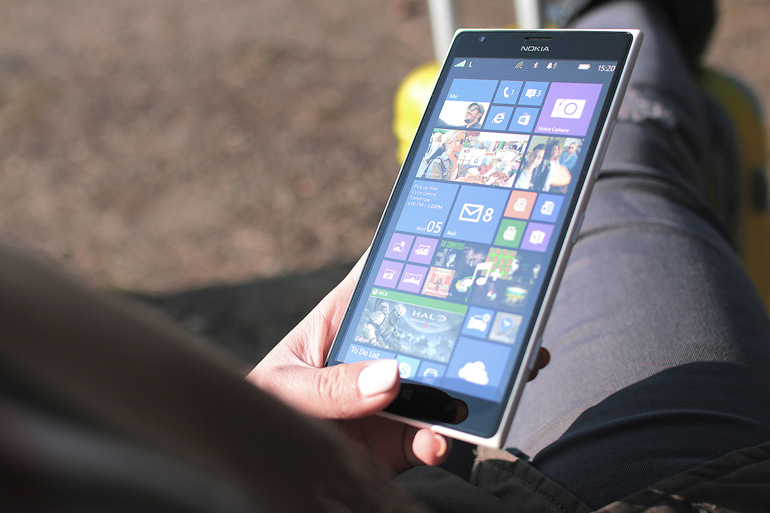- Category: June 2016 - Mobile Marketing
 Push notifications are for app publishers a way to speak directly to a user. They don't get caught in spam filters, or forgotten in an inbox, and click-through rates can be twice as high as email. They can also remind users to use an app, whether the app is open or not.
Push notifications are for app publishers a way to speak directly to a user. They don't get caught in spam filters, or forgotten in an inbox, and click-through rates can be twice as high as email. They can also remind users to use an app, whether the app is open or not.
However, in order to manage to exploit the full potential of app push notifications optimally, there are a few tasks to fulfil first. Let’s start by taking a look at what marketers should keep in mind:
- Integrate contexts: In order to be able to use mobile contexts, the sources from which the information about the context are coming (e.g. Bluetooth beacons, which determine the location or weather services) have to be integrated via API with the implemented marketing automation technology.
- Provide real-time capability: Speed is everything, especially when talking about location-based services. A push notification with location reference does not make sense if the user has already changed again his position. The technology used must therefore be capable to capture data which is only known at the time of the release of the trigger (such as the location for entering a geo-fence) in real time and convert it into communication.
- Communicate customer-centered: For app push notifications apply the same rules as with all other marketing channels, which means communication is most effective when it is tailored to the user, has been adapted to the user’s current needs and the context of use, such as interests, willingness to pay and location. The basis for all this is user data, which is continuously collected at each touchpoint and merged centrally into a profile. Each user is activated with the right communication at the right moment in the lifecycle, where a user’s attention to the information communicated or the likelihood of purchase or the intended action are highest. According to a study of Localytics, customer-centric push notifications convert up to 300% better than "mass messages".
- Put app usage into account: Particularly relevant for the profiling of users and for the creation of a comprehensive understanding are data from the app usage. For example, a good indicator for the optimization of delivery frequency could be the frequency of using an app. A user who calls up the app only twice a month, would e.g. rather be annoyed receiving multiple push notifications on a daily basis.
- Integrate with other tools: App push messaging is not an autonomous channel, but enfolds its full potential in combination with other digital dialogue marketing instruments, such as email, social media, SMS, web or mobile messengers like WhatsApp. Part of the understanding of the customer journey is to know which channels the user is taking advantage of for what purposes, in order to address the individual optimally cross-channel. The various channels should complement and refer to each other, as well as pick up the communication from other channels and address that way users consistently at every touchpoint. If a user, for example, looked at certain articles in the newsletter, these products could be promoted to them via app push notifications.
- Provide additional benefits: Users already get in touch with businesses through a variety of channels. Those who want that the user values in addition push notifications, must provide an additional benefit that is not available through other channels, such as e.g. location-based services. Furthermore, users should be allowed to select, for instance, the frequency and content for push notifications on their own, which prevents at the same time opt-outs.
- Provide single-customer view: To be able to consistently communicate cross-channel, all channels need access to the same data that is constantly updated in real time.
App publishers should treat the ability to communicate with users via push notifications as a privilege, not a right, and provide value not to be ignored or turned off. They have to measure and test their messaging strategies and tactics on a regular basis to maximize opt-in rates and reducing app user churn rates to succeed.
By Daniela La Marca



















